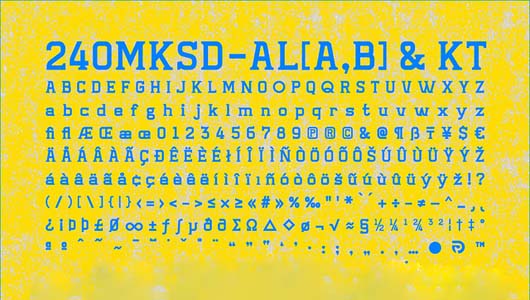
Perhaps it’s understandable that Adobe would use the terms in this way because they used to be in the business of selling fonts. What do you think? Maybe it should say say “typeface” instead: This raises all kinds of questions, doesn’t it? For instance, is Adobe correct in its word usage in this InDesign Paragraph Styles dialog box? you purchase fonts in order to design with a typeface. A font is the delivery system for the typeface, whether it be a computer file or a set of metal type. What’s the difference? A typeface is the design that makes Caslon look different from Helvetica, for instance. The short explanation from Book Design Made Simple follows: Typeface vs font If you can remember the definitions below and try to use them properly from now on, you’ll help educate others. If that sounds like what you’re looking for, to increase your data visualisation design awareness, then I thoroughly recommend this book – it feels informal and enjoyable while at the same time imparting specialist knowledge that can really take your understanding to the next level.Typeface vs font: What’s the difference, and who cares? People throw both terms around as if they were the same thing, but they’re not.
#Typeface font difference how to#
The first sentence within the “Letter” section is capitalised: “THIS IS NOT A BOOK ABOUT FONTS.” and is followed by “It is a book about how to use them”. Big bottoms are an effective use of resources

#Typeface font difference full#
It always feels light-hearted – often the top right hand corner will offer a light-hearted word of advice or summary of the page, with the book full of such quirky moments and observations. Every chapter starts with the illustrated essay-style examples, followed by dozens of illustrated and explained examples and an exercise for the reader. This structure takes the reader from the basic formation of each letter, through the organisation of letters to words into the arrangement of text into coherent bodies. So this book also works as a well-structured reference, divided into three sections: A devotee of Helvetica Neue who can never remember what a Serif font is, or what to do about kerning. I started the Fireside Chat (and, indeed, also my reading of this book) as a total typography novice. Though it’s a well-structured book, every element feels like a bite-sized chunk of information and inspiration to add to your design knowledge. Dip in to most pages and the chances are you won’t see a full page of standard textbook prose, but a much more graphic picture-based example. This is one of many such pages that makes this a great book to browse. But you can see from the page layout below, this is a far from conventional book, and it poses this as one of three embarrassing situations around the use of commonly misused terms. In short, many of us, myself included, use the word “font” when the correct term is “typeface”. Since I’ve posed that as the title question to this blog post, I’ll answer that here using the response from the book, which is to say that a typeface is the design of the letterforms, and the font is the mechanism. Instantly I was reminded that I made that common mistake during the discussion above, and the very first paragraph I read pointed me to page 81 to find the answer to that particular question.

Straight away, the first page of the introduction talks about changes since the first version (inevitable due to the increasing transition from print to online), including when to say “typeface” instead of “font”. The front cover promises more principles, examples, exercises, type crimes (sic), fonts, factoids and fun. Billed as a “critical guide for designers, writers, editors and students”, my first concern might have been that the book might be text-heavy (understandably for a book about fonts and typefaces), and somewhat dry. Part of this determination was to buy the highly recommended Thinking with Type by Ellen Lupton.


 0 kommentar(er)
0 kommentar(er)
